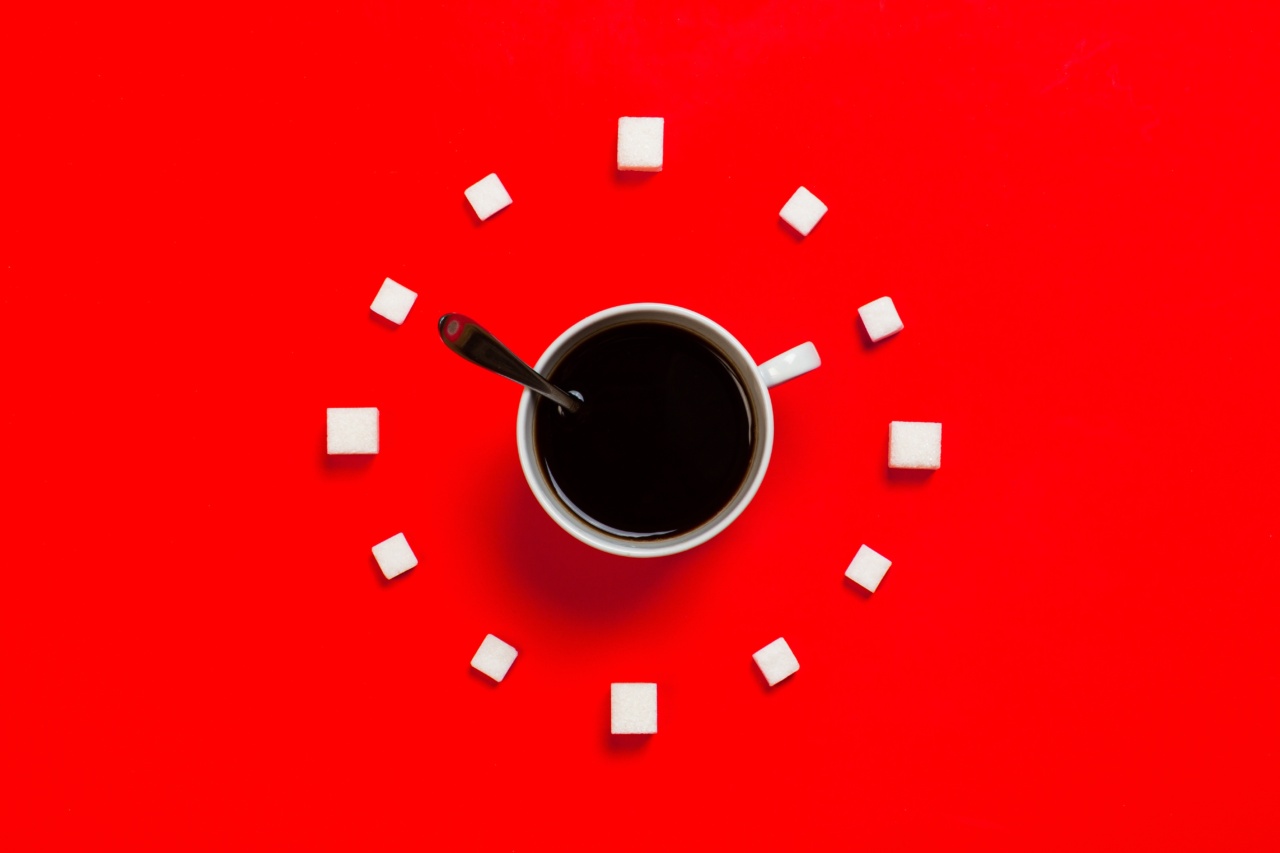Are you feeling the aftermath of a sugary indulgence? We all know that feeling – the sugar rush followed by the inevitable crash.
Whether it was a birthday celebration, a holiday feast, or just a moment of weakness, sometimes we overindulge in sugary treats and pay the price later. But fear not! With these three simple steps, you can bounce back from a sugar overload and get back on track to feeling your best.
Step 1: Hydrate, Hydrate, Hydrate
One of the most important things you can do after consuming too much sugar is to hydrate your body. Sugar can dehydrate you, leaving you feeling sluggish and tired.
Drinking plenty of water will help flush out the excess sugar and toxins from your system, allowing your body to recover more quickly.
Additionally, you can infuse your water with slices of fresh fruit, such as lemon or cucumber, for a burst of flavor and added detoxifying benefits.
Herbal teas, particularly those with dandelion or nettle, can also aid in flushing out toxins and reducing bloating.
Step 2: Choose Nutrient-Dense Foods
After a sugar overload, it’s essential to nourish your body with nutrient-dense foods.
These foods provide your body with the vitamins, minerals, and antioxidants it needs to support its natural detoxification processes and promote overall well-being.
Load up your plate with vegetables like broccoli, spinach, kale, and Brussels sprouts. These veggies are rich in fiber, which aids digestion and helps stabilize blood sugar levels.
Opt for lean proteins like chicken, fish, and tofu to help repair and rebuild your body.
Include healthy fats in your diet, such as avocados, nuts, and seeds. These fats provide slow-burning energy, keeping you full and satisfied for longer periods.
Don’t forget about the power of whole grains like quinoa and brown rice, which provide essential nutrients and fiber to keep your gut happy.
Step 3: Move Your Body
Exercise is an excellent way to jump-start your body’s recovery process after a sugar overload. Physical activity helps increase circulation and sweat out toxins.
It also releases endorphins, which boost your mood and energy levels while reducing cravings.
Engage in activities you enjoy, such as brisk walking, dancing, cycling, or yoga. The key is to get moving and elevate your heart rate.
Aim for at least 30 minutes of moderate exercise each day to reap the benefits of increased energy, improved mental clarity, and a faster recovery from your sugar binge.
Conclusion
Sugar overloads happen to the best of us, but that doesn’t mean we have to suffer the consequences indefinitely.
By following these three simple steps – hydrating, choosing nutrient-dense foods, and moving your body – you can bounce back from a sugar overload in no time.






























